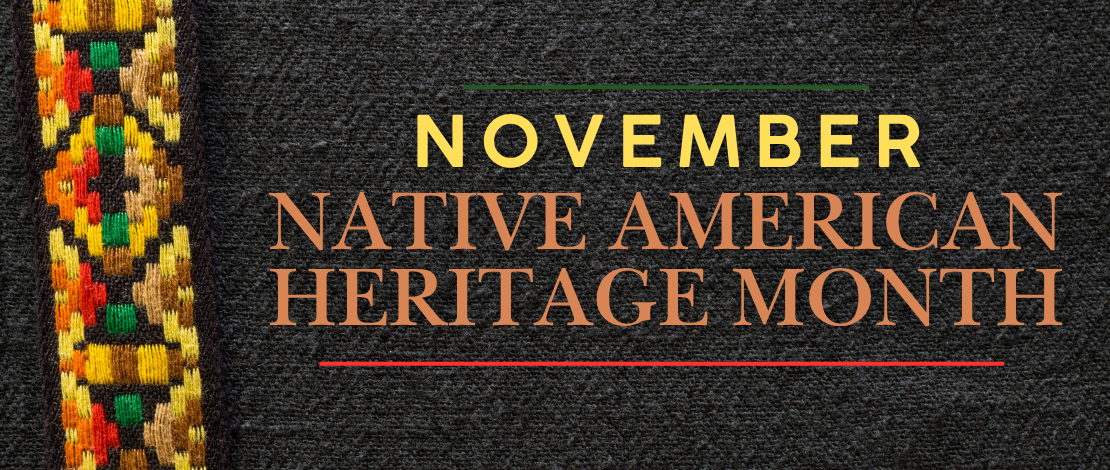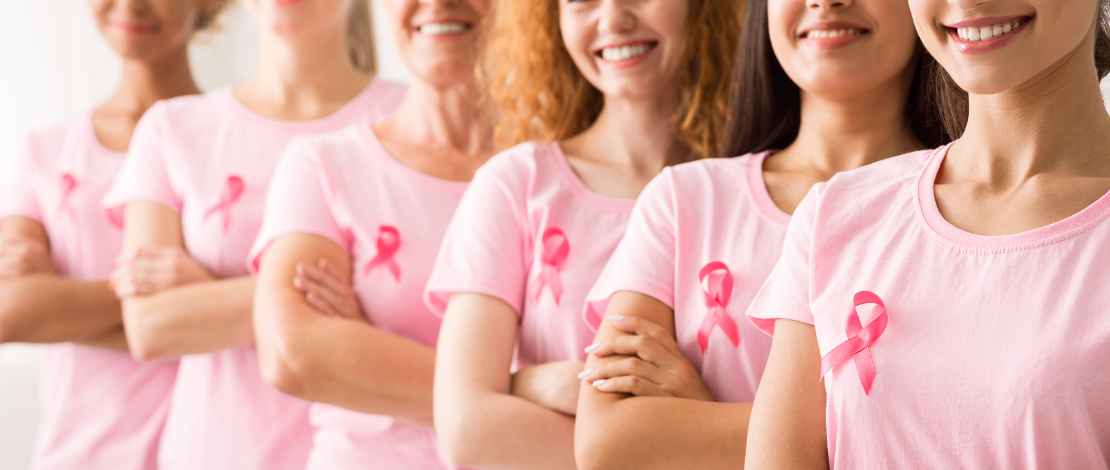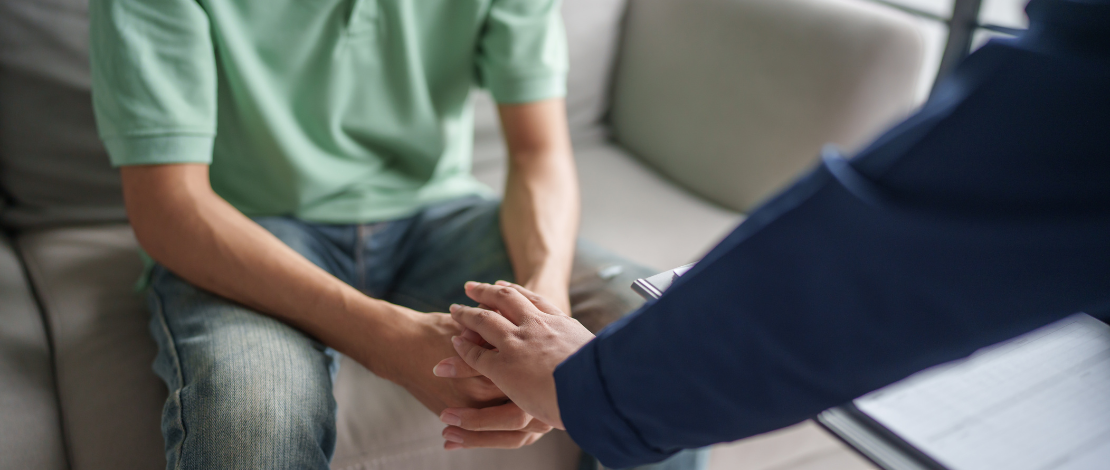Each November, National Native American Heritage Month invites us to reflect on and celebrate the rich cultures, traditions, and contributions of Native Americans, Alaska Natives, and Native Hawaiians. It’s more than a recognition of history—it’s an opportunity to honor the resilience, innovation, and deep connection to community that continues to shape our shared story.
In our workplaces, acknowledging this month means creating spaces where Indigenous voices are heard, valued, and respected—not just during November, but all year. This requires intentionality, learning, and a willingness to examine how our policies, practices, and interactions reflect our stated values.
Why It Matters in the Workplace
- Representation matters – Employees and clients who see their cultures reflected in organizational values, imagery, and leadership often feel more welcomed and respected.
- Cultural awareness strengthens relationships – Understanding and honoring cultural traditions builds trust, collaboration, and stronger connections.
- Learning fosters inclusion – Educating ourselves about the history and contemporary realities of Indigenous communities helps dismantle stereotypes and unconscious bias.
Practical Ways to Observe and Honor
- Learn from authentic sources – Invite Indigenous speakers, highlight Native-owned businesses, and use resources created by Native communities.
- Acknowledge the land – Begin meetings or events with a respectful land acknowledgment, recognizing the Indigenous peoples who have stewarded the land where you work.
- Incorporate heritage into DEI efforts – Ensure diversity, equity, and inclusion initiatives meaningfully address Indigenous perspectives and needs.
- Support year-round – Engage in partnerships, mentorship, and recruitment efforts that uplift Indigenous talent and voices.
A Call to Action
This month is a powerful reminder that honoring Native American heritage isn’t a single event—it’s an ongoing commitment to respect, recognition, and relationship-building. Let’s commit to learning, listening, and ensuring that our workplaces are places where all cultures are celebrated and all people feel they belong.
In the words of the National Congress of American Indians:
“This is not just our history, it’s America’s history.”
Together, let’s honor the past, respect the present, and invest in a future where every heritage has a seat at the table.






